Exploring the dense jungles of Central America unveils a fascinating world of ancient ruins, hidden for centuries under layers of lush vegetation. These archaeological treasures offer a glimpse into the rich histories of civilizations like the Maya and Aztecs. From towering pyramids to intricate stone carvings, each site tells a story of a bygone era filled with mystery and grandeur. Embark on a journey through these remarkable ruins and discover the secrets they hold.
Tikal, Guatemala
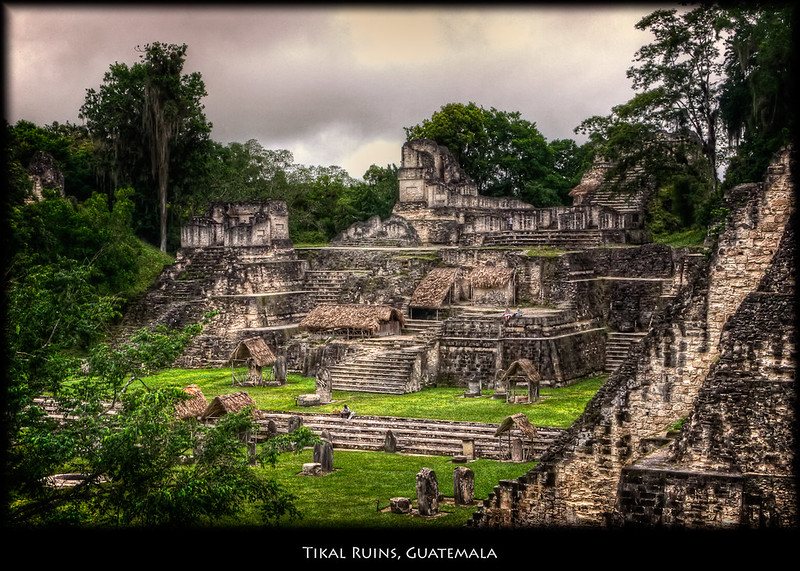
Tikal is one of the most famous ancient ruins in Central America, hidden deep within the dense rainforests of Guatemala. This ancient Mayan city dates back to the 4th century BC and was one of the most powerful kingdoms of the ancient Maya. The site is known for its towering pyramids, with Temple IV standing at 70 meters, making it one of the tallest pre-Columbian structures in the Americas. Visitors can explore over 3,000 structures, including temples, palaces, and plazas, all surrounded by lush jungle teeming with wildlife.
Copán, Honduras
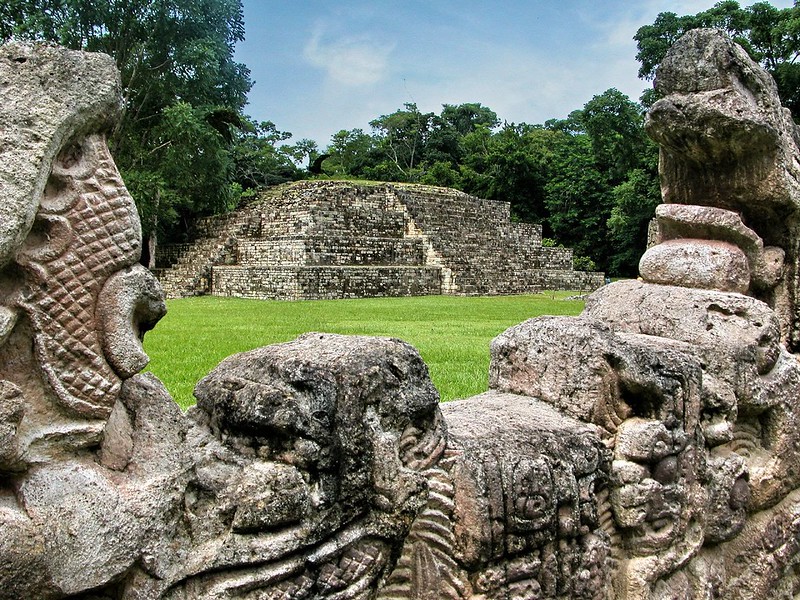
Nestled in the jungles of western Honduras, Copán is renowned for its exquisite stone sculptures and hieroglyphic inscriptions. This ancient Mayan city thrived between the 5th and 9th centuries AD and was a major center of art, culture, and astronomy. The Great Plaza is adorned with intricately carved stelae and altars, while the Hieroglyphic Stairway, with over 2,200 glyphs, is the longest Mayan text known to exist. The Acropolis complex and the numerous residential areas provide a glimpse into the daily life of its inhabitants.
Palenque, Mexico
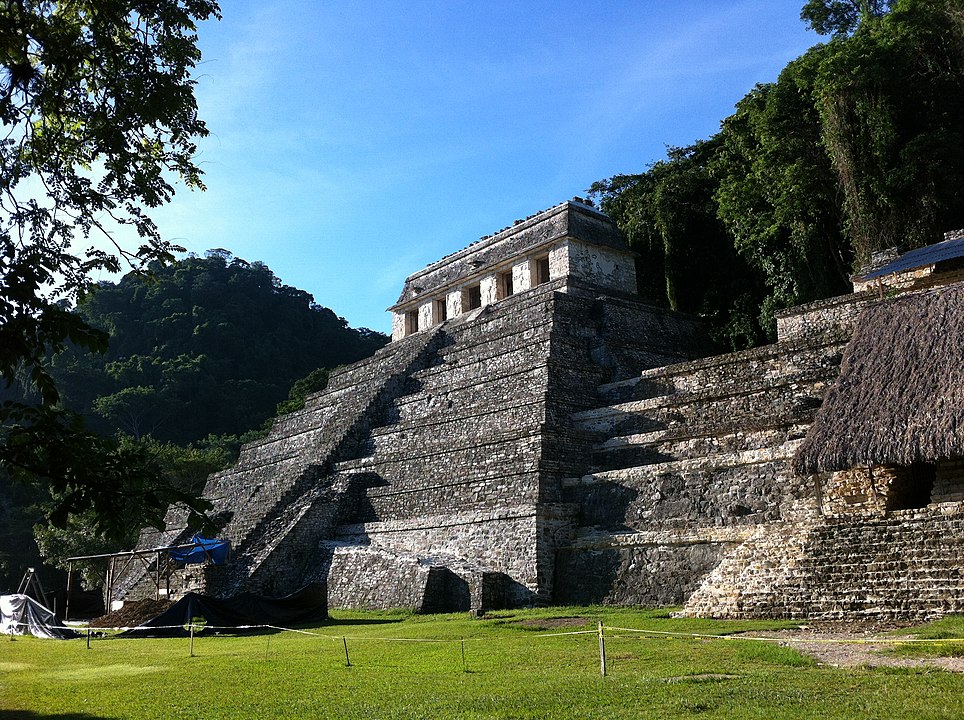
Palenque, located in the Chiapas jungle of southern Mexico, is a marvel of Mayan architecture and art. Flourishing between the 3rd and 8th centuries AD, Palenque is famous for its detailed and intricate bas-reliefs and its advanced aqueduct system. The Temple of the Inscriptions houses the tomb of the great ruler Pakal the Great, complete with a magnificent sarcophagus. The site also features the Palace with its unique tower, temples, and courtyards that showcase the sophisticated urban planning of the Maya.
Yaxchilán, Mexico
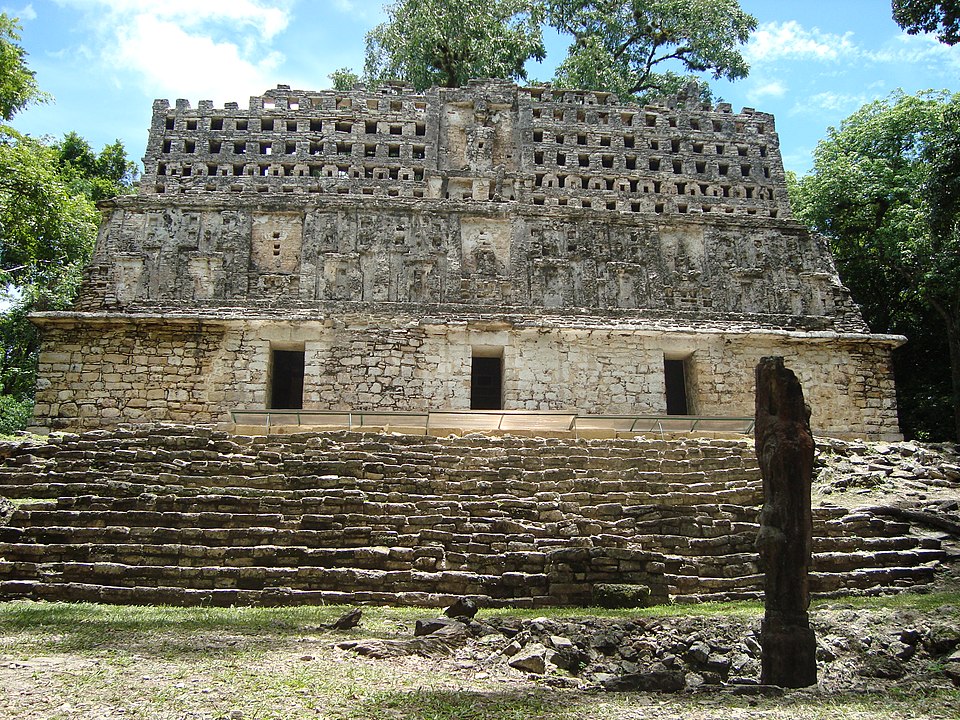
Yaxchilán lies on the banks of the Usumacinta River, surrounded by the thick jungle of Chiapas. This Mayan city is celebrated for its impressive sculptured lintels and stelae, which depict the rich history and rituals of its rulers. Accessible mainly by boat, the journey to Yaxchilán adds to the adventure of exploring its grand plazas, temples, and ball courts. The Great Acropolis and the Temple of the Red Hands are some of the highlights, displaying the architectural prowess of the ancient Maya.
El Mirador, Guatemala
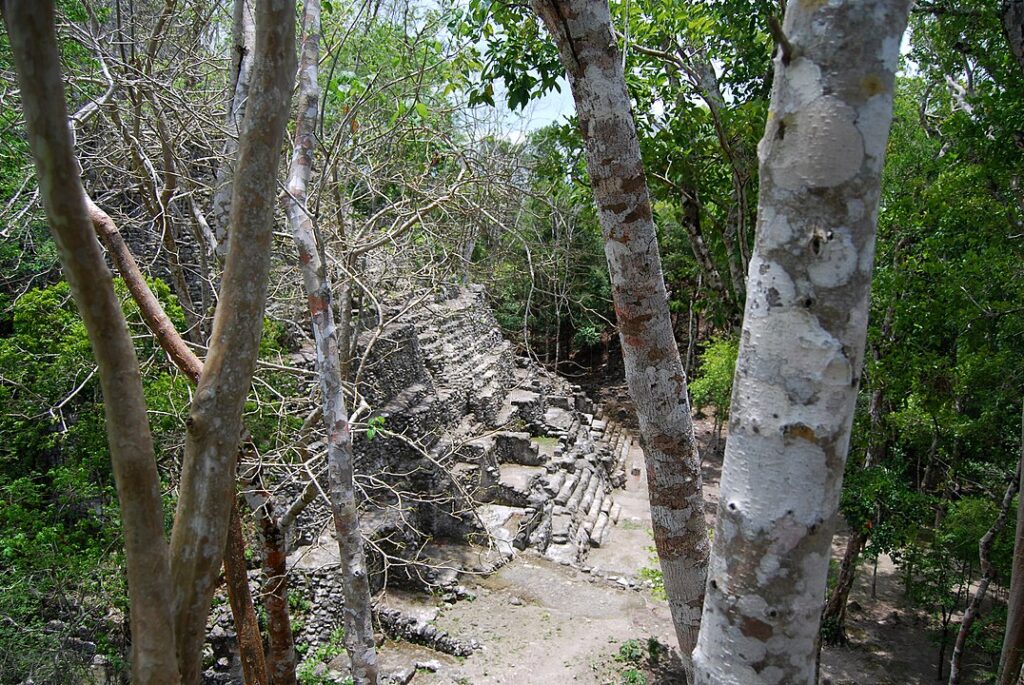
El Mirador, often referred to as the cradle of Mayan civilization, is one of the largest and oldest Mayan cities. Hidden in the remote Petén jungle, it dates back to the preclassic period, around 6th century BC to 1st century AD. The site is dominated by massive structures, including the El Tigre pyramid and La Danta, one of the largest pyramids by volume in the world. The extensive causeways and intricate murals provide insight into the early development of Mayan culture and urban planning.
Lamanai, Belize
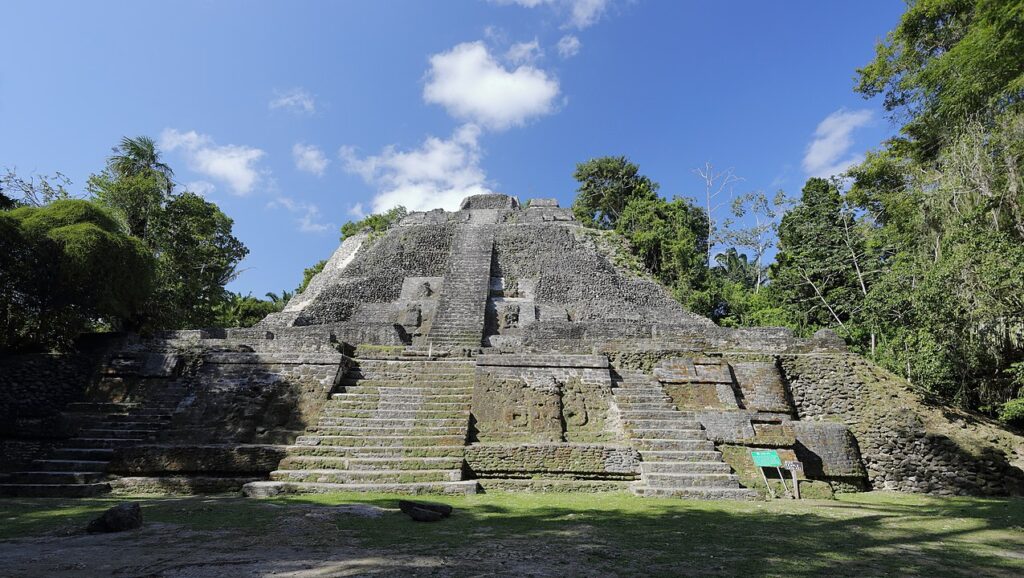
Lamanai, meaning “submerged crocodile” in the Maya language, is situated on the banks of the New River Lagoon in northern Belize. This Mayan city was continuously occupied for over 3,000 years, from the 16th century BC to the Spanish colonial period. The site features impressive temples, such as the High Temple and the Mask Temple, adorned with large stone masks representing Mayan gods and rulers. The surrounding jungle and the nearby lagoon add to the mystique and charm of Lamanai.
Calakmul, Mexico
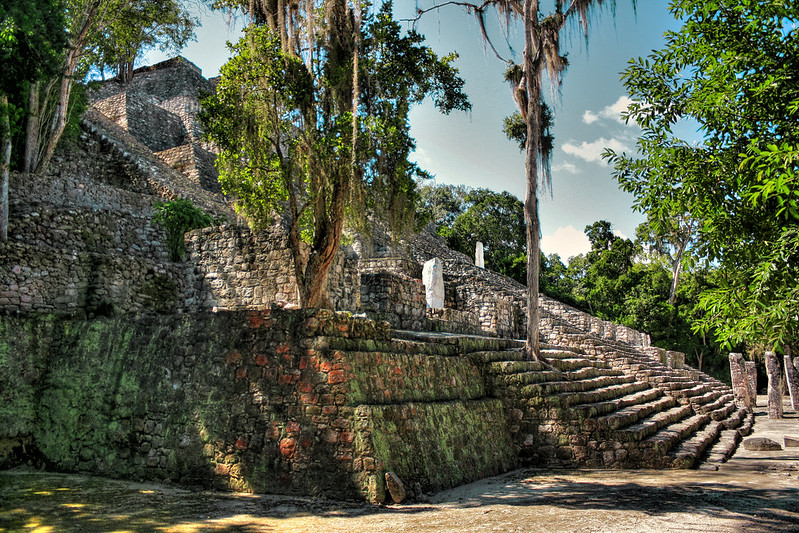
Calakmul, hidden deep within the Calakmul Biosphere Reserve in Campeche, Mexico, was one of the most powerful ancient Mayan cities. It boasts over 6,500 structures, including two massive pyramids that offer panoramic views of the surrounding jungle. The site was a major political and military power during the Classic period, often rivaling Tikal. The intricately carved stelae and murals found in Calakmul provide valuable insights into the city’s history and the lives of its inhabitants.
Caracol, Belize
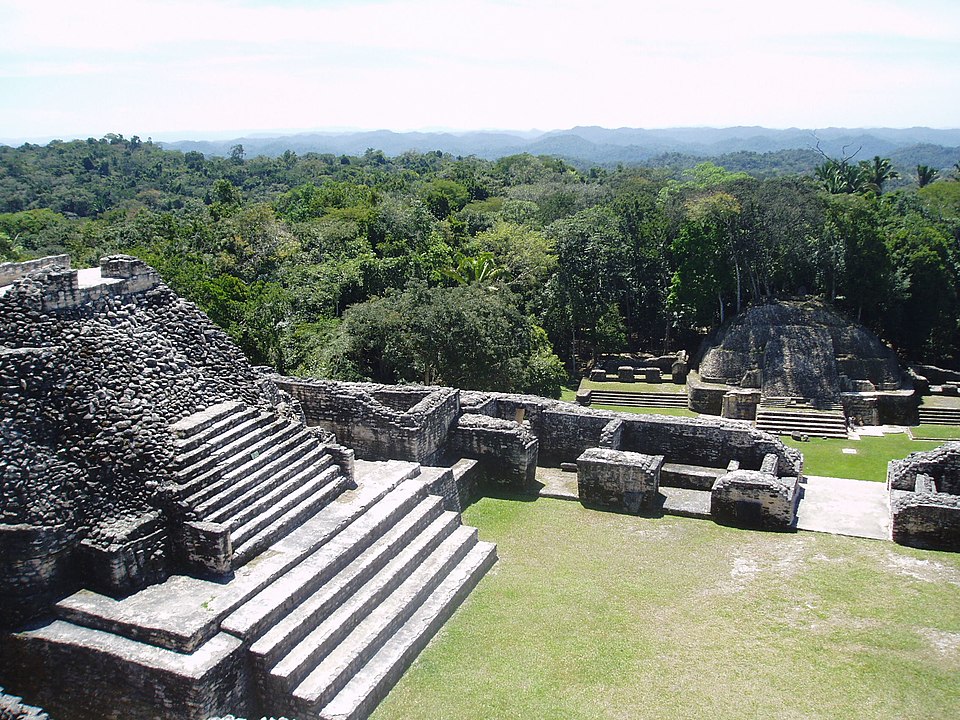
Caracol, located in the Chiquibul Forest Reserve of western Belize, was once one of the most important political centers of the ancient Maya. It reached its peak during the Classic period, around 650 AD, with a population exceeding 120,000. The site is known for its massive pyramid, Caana (“Sky Palace”), which remains the tallest man-made structure in Belize. Caracol also features extensive residential areas, ball courts, and intricate carvings that reveal the city’s complex social and political structure.
Uaxactún, Guatemala
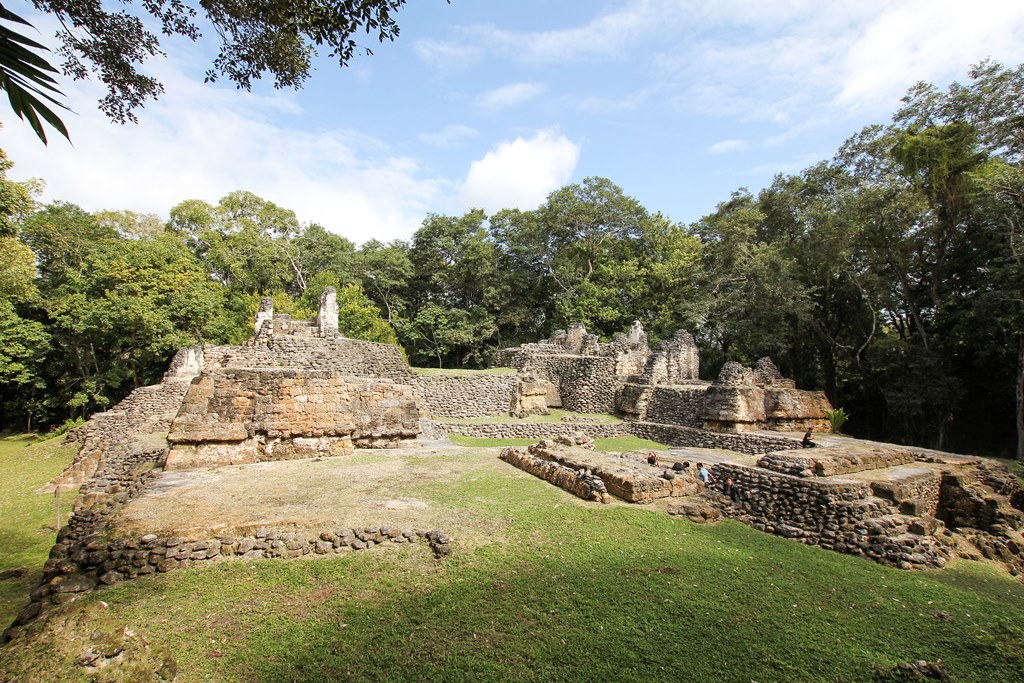
Uaxactún, located just north of Tikal in Guatemala’s Petén Basin, is one of the earliest known Mayan cities. It dates back to the preclassic period, around 1,000 BC, and is renowned for its well-preserved astronomical observatory. The site includes several large complexes, temples, and stelae that provide insight into the early development of Mayan architecture and ceremonial practices. The surrounding jungle adds a sense of mystery and adventure to the exploration of Uaxactún.
Quiriguá, Guatemala
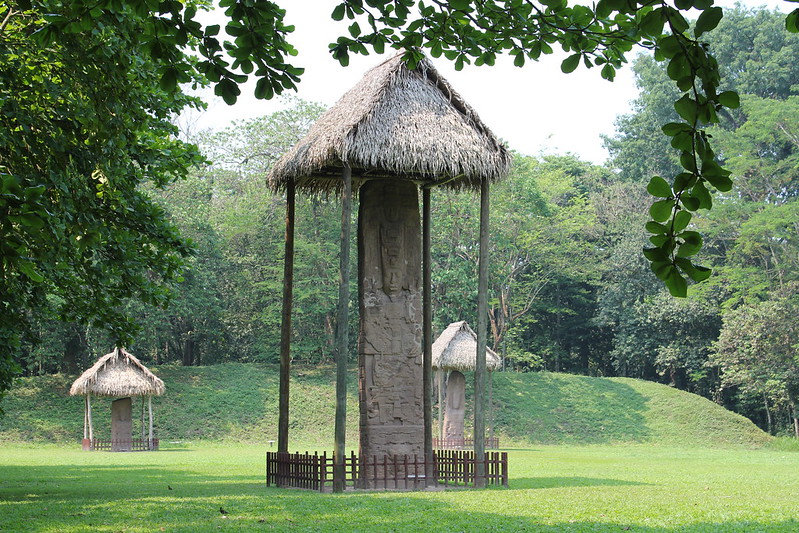
Quiriguá, situated along the Motagua River in southeastern Guatemala, is famous for its towering stelae and altars. This small but significant Mayan city flourished during the Late Classic period, around the 8th century AD. The tallest stela at Quiriguá, Stela E, stands at over 10 meters and is the tallest stone monument ever erected in the New World. The intricate carvings and hieroglyphs on the stelae depict the city’s history, rulers, and religious practices.
La Blanca, Guatemala
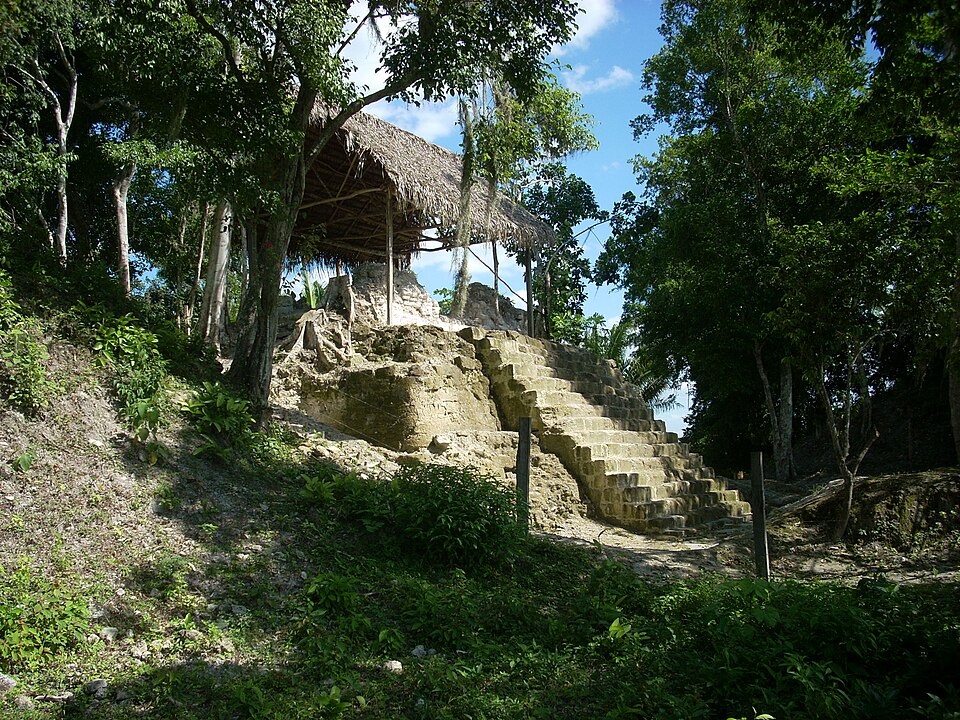
La Blanca, located in the northern Petén region of Guatemala, is an ancient Mayan city that thrived during the Late Preclassic period, around 300 BC to 300 AD. The site is known for its large ceremonial complex, including the impressive E-Group structures used for astronomical observations. The Central Acropolis features several well-preserved buildings and plazas, providing a glimpse into the early urban planning and architectural styles of the Maya. The surrounding jungle enhances the allure of La Blanca.
Nakum, Guatemala
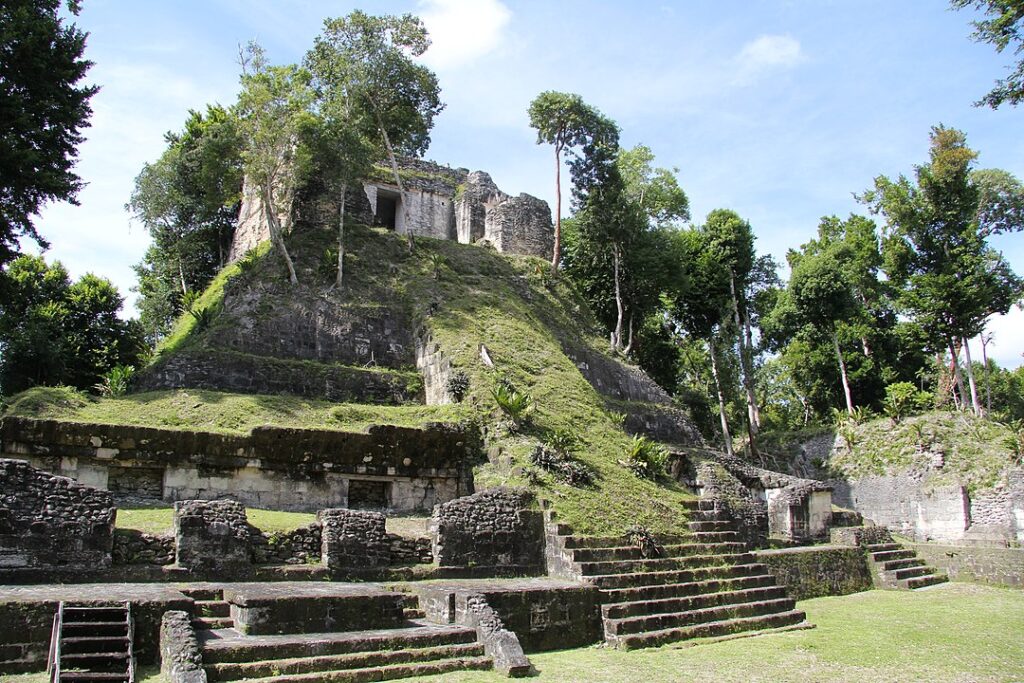
Nakum, nestled in the dense jungles of the Petén Basin, is a lesser-known but significant Mayan archaeological site. The city flourished during the Classic period, around 600 to 900 AD, and is known for its well-preserved temples, palaces, and ball courts. The site’s central acropolis and the North Acropolis are particularly notable for their impressive architecture and intricate carvings. The remote location of Nakum makes it a hidden gem for adventurous travelers.
Cahal Pech, Belize
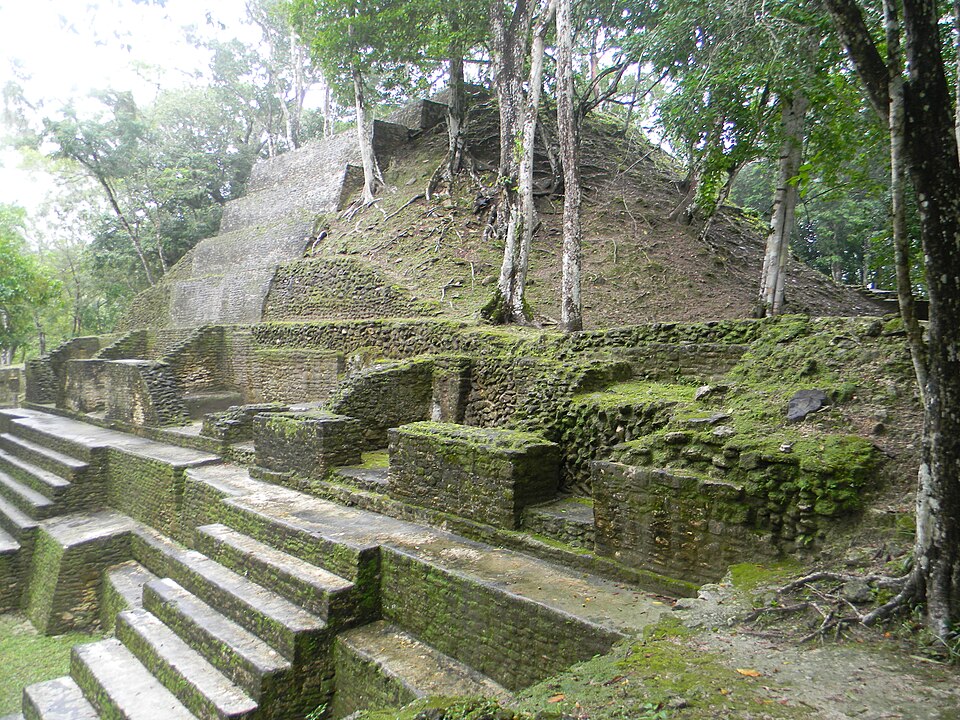
Cahal Pech, meaning “Place of Ticks” in Maya, is located near the town of San Ignacio in western Belize. This small hilltop Mayan city was occupied from around 1,200 BC to 800 AD, making it one of the oldest known sites in Belize. The site features several plazas, temples, and residential buildings, with intricate carvings and stucco decorations. The jungle-covered ruins and the panoramic views of the surrounding area add to the charm of Cahal Pech.
Xunantunich, Belize
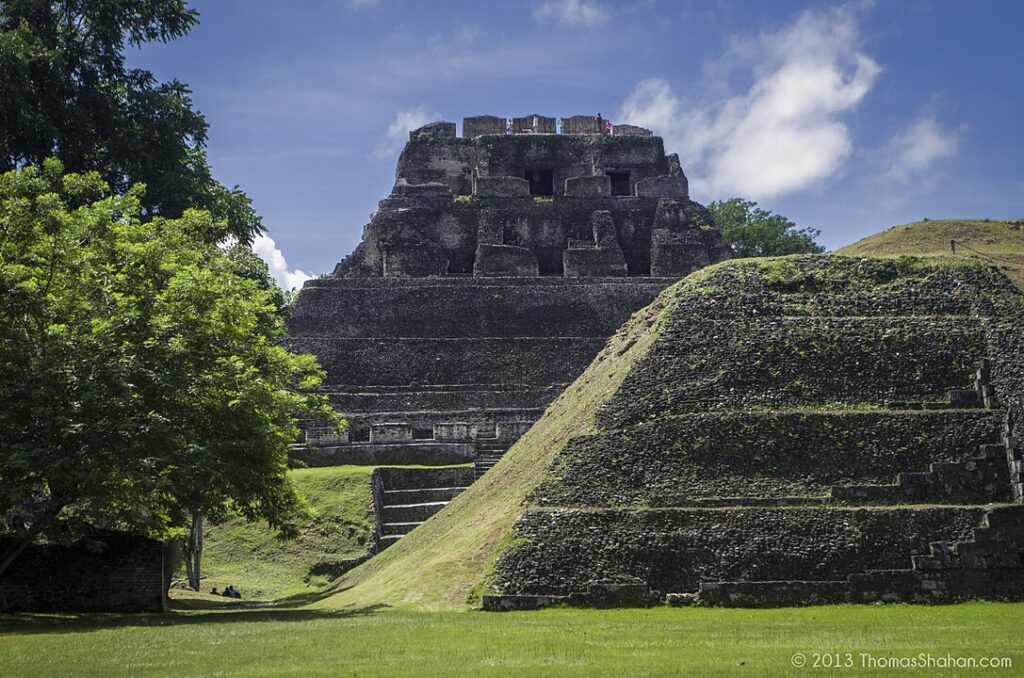
Xunantunich, meaning “Stone Woman” in Maya, is situated near the Mopan River in western Belize. This Mayan city flourished during the Late and Terminal Classic periods, around 600 to 900 AD. The site is dominated by the towering El Castillo, a pyramid that offers stunning views of the Belizean jungle and the Guatemalan border. Xunantunich also features several plazas, temples, and ball courts, with intricate friezes and carvings depicting Mayan mythology and history.
Kohunlich, Mexico
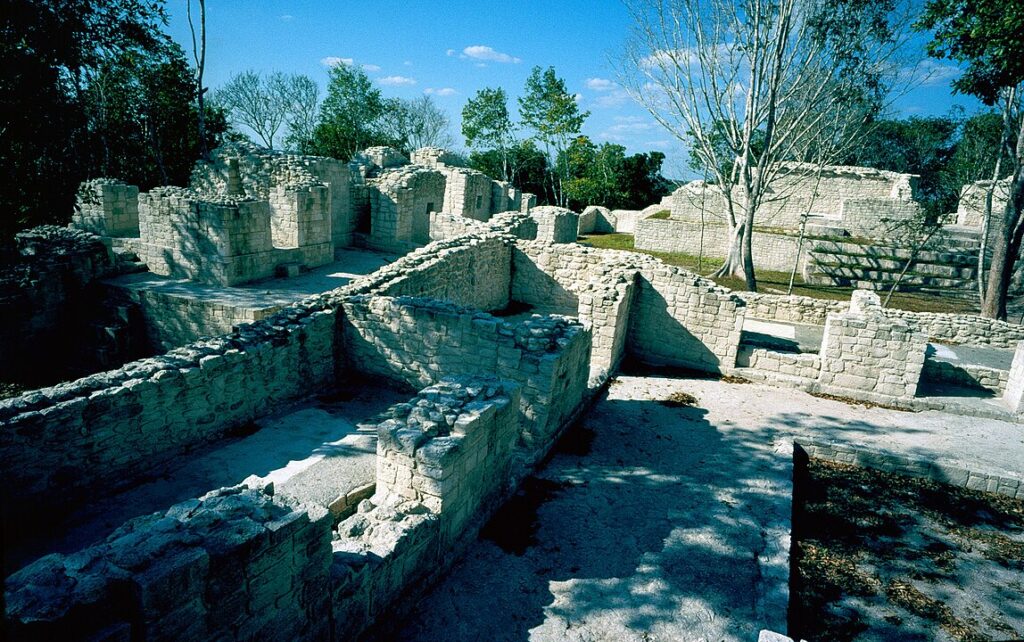
Kohunlich, located in the state of Quintana Roo, Mexico, is a unique Mayan city known for its impressive Temple of the Masks. This temple features large stucco masks representing the Sun God, marking the equinoxes. The city thrived during the Classic period, around 200 to 900 AD, and includes residential complexes, plazas, and ball courts. The surrounding jungle and the relatively low tourist traffic make Kohunlich a serene and intriguing site to explore.
Altun Ha, Belize
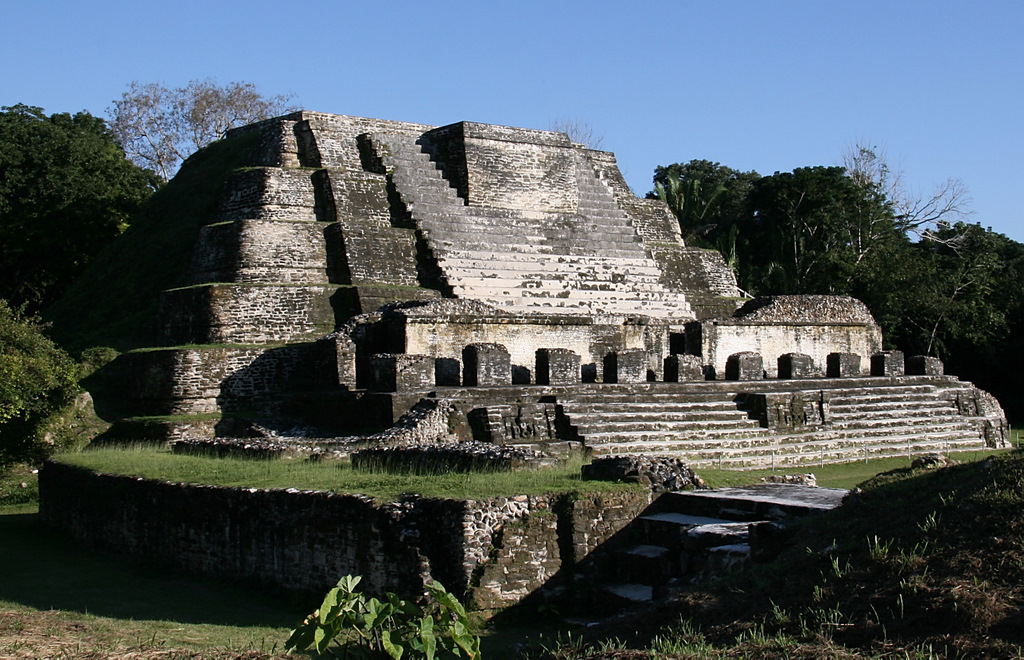
Altun Ha, meaning “Rockstone Pond” in Maya, is located in northern Belize, near the Belize River. This ancient Mayan city was occupied from around 900 BC to 1000 AD and served as a major trading center. The site features several impressive temples and pyramids, with the Temple of the Masonry Altars being the most iconic. Altun Ha is also known for the discovery of the jade head of Kinich Ahau, the Sun God, which is one of the largest jade artifacts ever found in the Maya world.
Bonampak, Mexico
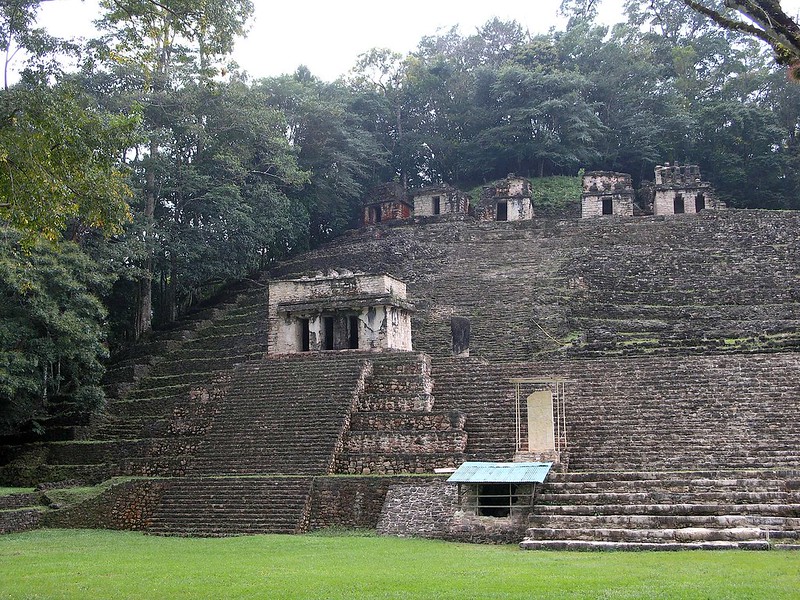
Bonampak, located in the Lacandon Jungle of Chiapas, Mexico, is famous for its vivid and well-preserved murals. These murals, found in the Temple of the Murals, depict scenes of Mayan life, warfare, and ceremonies, providing a unique glimpse into the culture and society of the ancient Maya. The city thrived during the Late Classic period, around 600 to 800 AD. The surrounding jungle and the site’s relative isolation add to the mystique of Bonampak.
Uxmal, Mexico
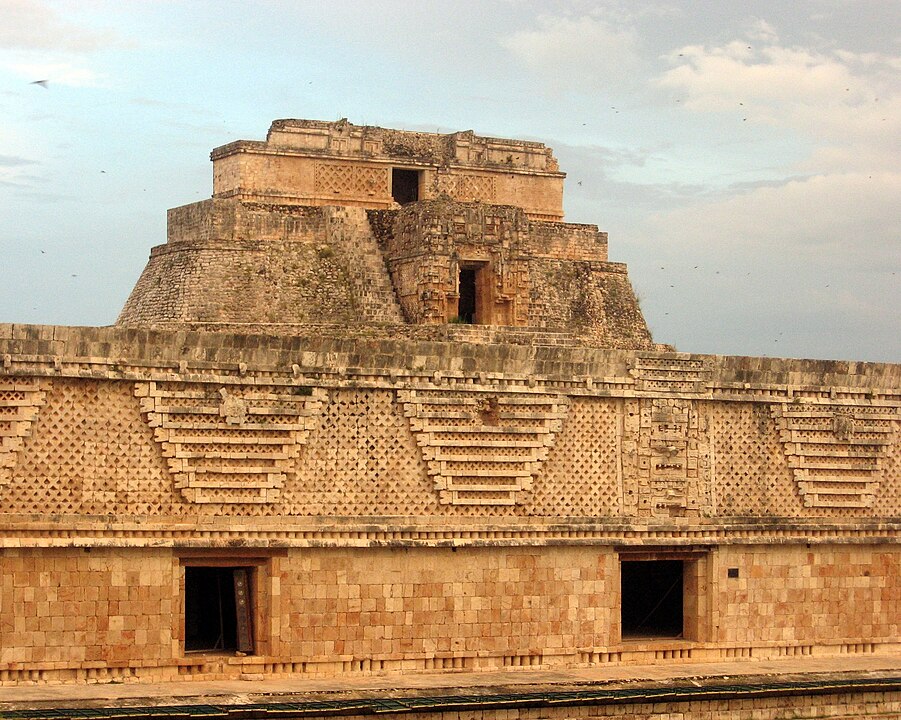
Uxmal, located in the Puuc region of Yucatán, Mexico, is one of the most architecturally significant Mayan cities. The city flourished during the Late Classic period, around 600 to 900 AD, and is known for its unique and ornate buildings. The Pyramid of the Magician, with its rounded sides and steep steps, dominates the site. Other notable structures include the Nunnery Quadrangle, the Governor’s Palace, and the Great Pyramid, all adorned with intricate stone carvings and mosaics.
Yaxhá, Guatemala
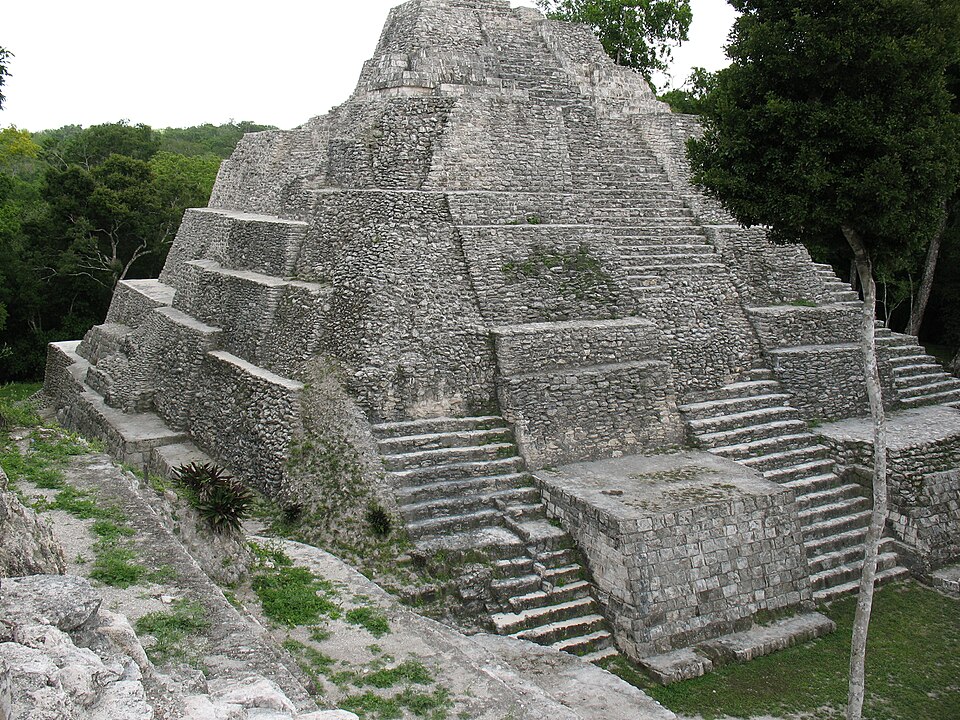
Yaxhá, situated between the lakes of Yaxhá and Sacnab in northern Guatemala, is a significant Mayan city that thrived during the Classic period. The site features over 500 structures, including temples, palaces, and ball courts. The North Acropolis and the East Acropolis are particularly noteworthy for their impressive architecture and strategic placement. The surrounding jungle and the views of the nearby lakes add to the allure of Yaxhá, making it a captivating site to explore.
Tazumal, El Salvador
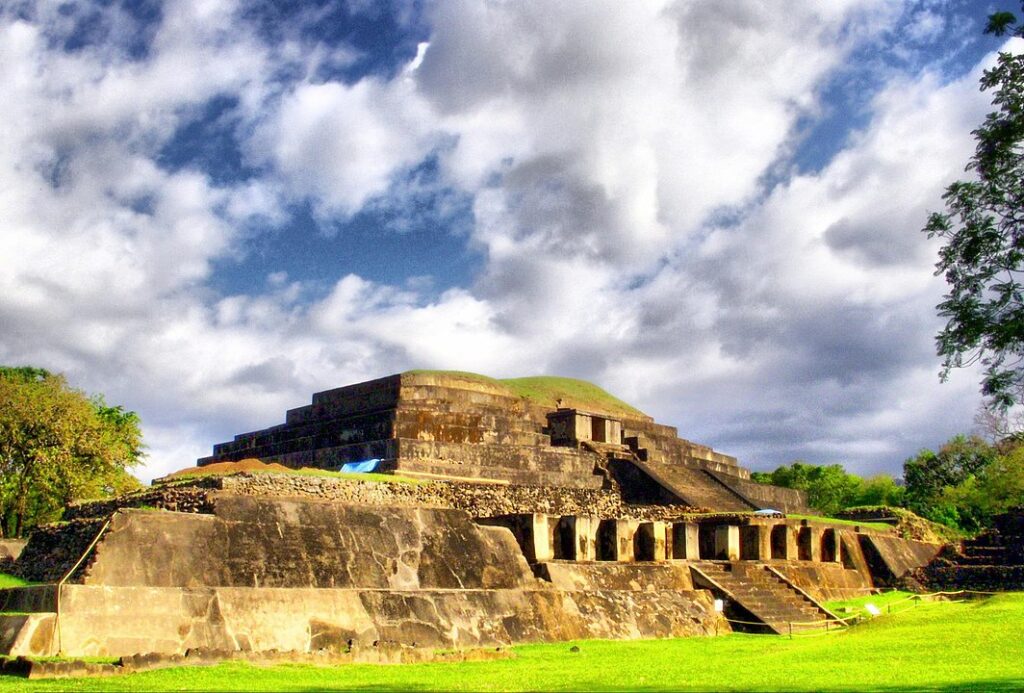
Tazumal, located in the Chalchuapa archaeological zone of El Salvador, is the most important and well-preserved ancient Mayan site in the country. The city flourished from around 100 to 1,200 AD and features a large pyramid, ball courts, and tombs. The intricate carvings and artifacts found at Tazumal provide valuable insights into the cultural and religious practices of the ancient Maya. The site’s location in the lush Salvadoran jungle enhances its historical and aesthetic appeal.
Nim Li Punit, Belize
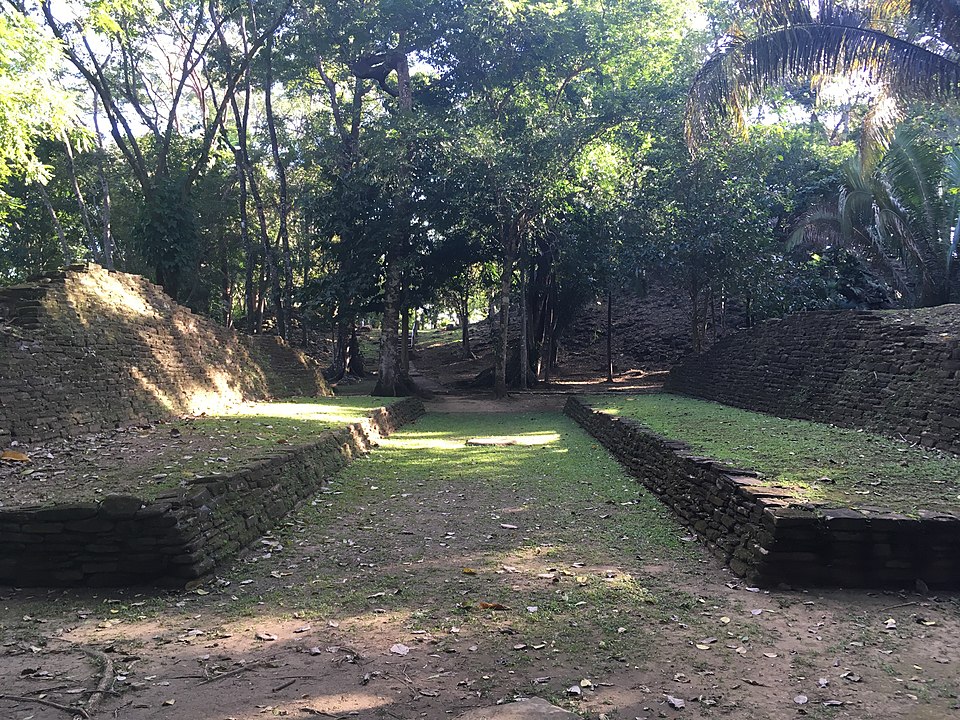
Nim Li Punit, meaning “Big Hat” in Maya, is located in the Toledo District of southern Belize. This small but significant Mayan city thrived during the Classic period, around 500 to 800 AD. The site is known for its large stelae, including one of the tallest in Belize, depicting rulers and ceremonial scenes. Nim Li Punit also features plazas, temples, and a ball court, with panoramic views of the surrounding jungle and mountains adding to its charm.
Cuello, Belize
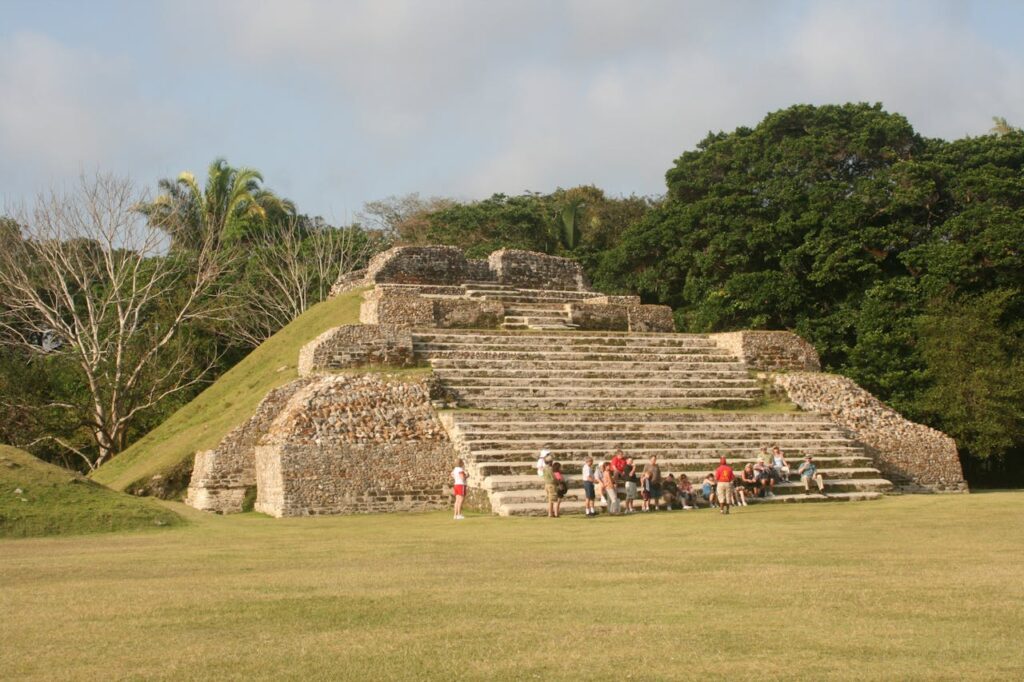
Cuello, situated in northern Belize, is one of the oldest known Mayan sites, with evidence of occupation dating back to around 2,000 BC. The site features early residential structures, ceremonial platforms, and burial sites, providing valuable insights into the early development of Mayan society and architecture. The surrounding jungle and the relative isolation of Cuello make it a fascinating and less-visited site for those interested in the ancient history of Central America.
This article originally appeared on UnifyCosmos.
More from UnifyCosmos
22 Strategies for Better Sleep Quality

In this article, we will explore various techniques to improve your sleep quality, helping you to wake up refreshed and ready to tackle the day. Read more!
20 Must-Know Grooming Tips for Modern Men

In this article, we’ll explore essential grooming tips that will help you look sharp, feel fresh, and present the best version of yourself. Read more!
20 Signs Your Relationship Could Benefit from Counseling

From communication breakdowns to persistent conflicts, understanding when to seek professional help can make a significant difference in your relationship’s future. Read more!
Leave a Reply